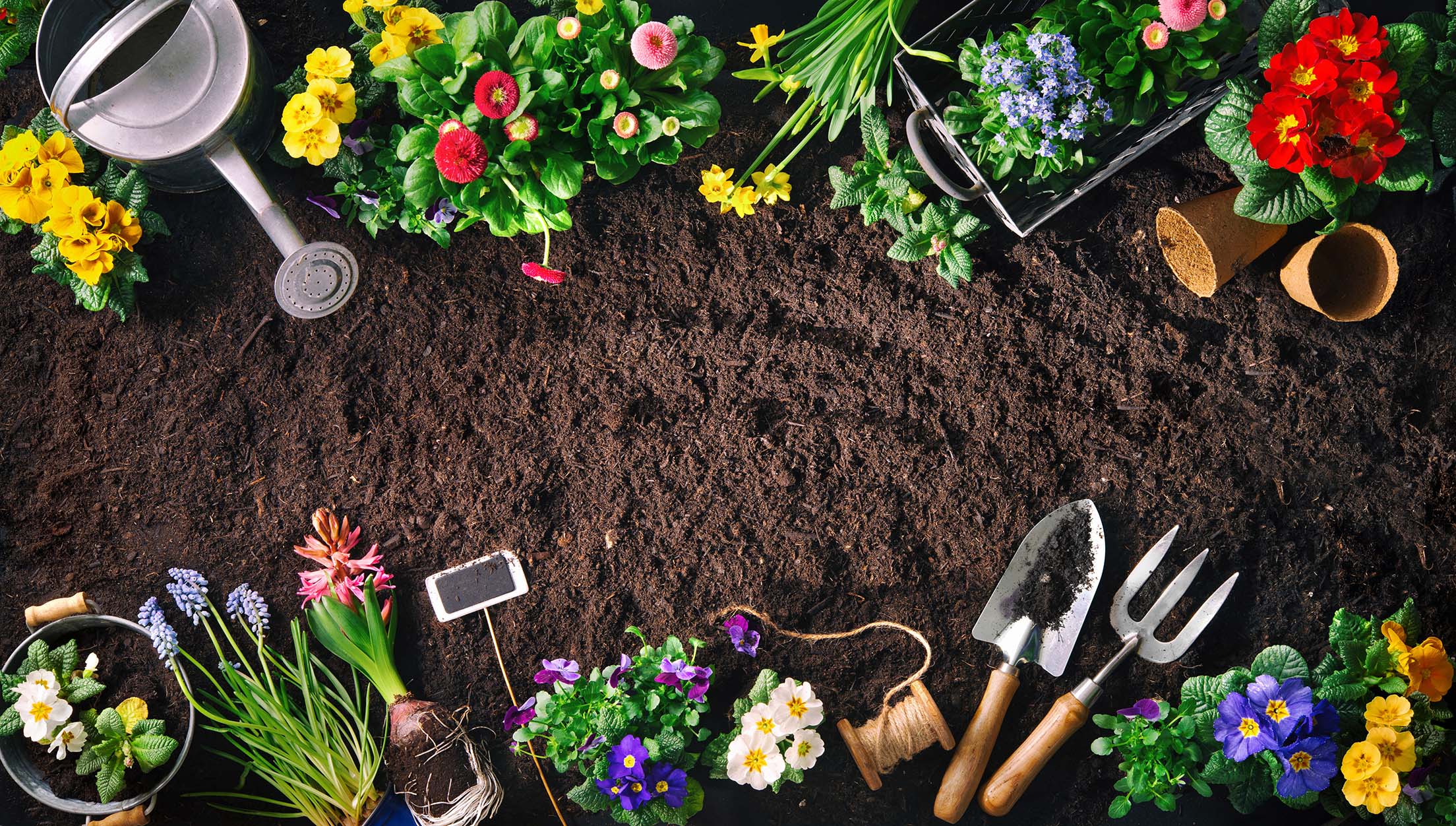Expert Gardening Tips for Developing a Lasting and Eco-Friendly Garden
Getting started on the journey to develop a environmentally friendly and lasting garden entails a series of deliberate options and practices that not just improve the charm of your space yet also contribute favorably to the environment. By selecting indigenous plants that are appropriate to your area, you can lower reliance on chemical fertilizers and chemicals while offering crucial support to regional wildlife. Additionally, incorporating water conservation methods and organic gardening techniques plays a crucial duty in maintaining a healthy and balanced environment. To discover more useful strategies and expert understandings, allow us discover the crucial elements that define an environmentally mindful garden.
Pick Indigenous Plants
Choosing native plants for your yard is a basic action towards achieving sustainability. Native plants are inherently adapted to the regional climate and dirt problems, making them a lot more resistant to regional insects and conditions. This reduces the requirement for chemical pesticides and plant foods, thus lessening environmental influence. In addition, native plants usually require less water when established, adding to extra reliable water usage.
Past their functional benefits, native plants play a critical function in supporting local biodiversity. They supply necessary environment and food sources for native wild animals, including pollinators such as , butterflies, and birds. This cultivates a well balanced environment, which is important for the health of your yard and the surrounding atmosphere.

Implement Water Conservation
Applying water conservation methods is essential for preserving a lasting yard. Reliable water usage not only decreases the environmental influence yet likewise makes certain that plants get ample hydration without wastage. One efficient technique is to use drip watering systems, which deliver water straight to the plant origins, reducing dissipation and runoff. This targeted strategy can considerably reduce water usage contrasted to typical sprinklers.
On top of that, mulching is a useful technique for preserving water. By using a layer of organic compost, such as wood chips or straw, around the base of plants, gardeners can lessen dirt dissipation and maintain consistent moisture levels. Mulch also aids control dirt temperature and subdues weed development, additional adding to plant wellness.
Rainwater harvesting is an additional lasting approach. Installing rainfall barrels or various other collection systems allows gardeners to save and catch rain, which can later be utilized throughout dry periods. This not just saves municipal water however additionally provides an all-natural, chemical-free source for irrigation.
Finally, picking drought-tolerant plant species can substantially decrease water needs. These plants are adjusted to prosper in low-water conditions, making them perfect for green yards. gardening tips. Carrying out these water conservation techniques will certainly foster a durable, sustainable garden
Usage Organic Gardening Methods

Pest monitoring in an organic yard relies upon incorporated bug administration (IPM) techniques. These consist of view it now motivating valuable bugs, making use of all-natural killers like lacewings and ladybugs, and applying plant rotation to disrupt pest life process. Companion growing, where particular plants are grown with each other to fend off bugs or attract beneficial bugs, is another reliable method.
Weed control is managed via mulching and manual removal, as opposed to depending on herbicides. Compost not just subdues weeds yet additionally saves wetness and improves soil health as it breaks down. Organic composts, such as straw, wood chips, and leaves, are specifically valuable.
Produce Wild Animals Habitats
Producing wild animals environments within your garden not just enhances biodiversity yet additionally supports the environment's balance. Start by integrating indigenous plants, as these are well-suited to your neighborhood climate and supply vital food and shelter for wild animals.
Consider including a water function, such as a fish pond or birdbath, to offer a constant water source. Water aspects bring in a range of types, from amphibians to pollinators, improving the garden's vitality. In addition, mounting birdhouses, look at this site bat boxes, and insect resorts provides risk-free nesting websites and encourages biodiversity.
Leave some areas of your yard undisturbed, allowing leaf litter and dropped branches to accumulate. By prioritizing these lasting methods, your garden can come to be a refuge for local wildlife, advertising ecological wellness and sustainability.
Method Composting and Mulching
A vital facet of sustainable gardening, composting and mulching, substantially enhances dirt health and lowers waste. Unlike artificial plant foods, compost improves the dirt with beneficial microbes and essential nutrients, promoting a much healthier yard ecosystem.
Mulching, on the other hand, entails covering the soil surface area with natural or inorganic materials, such as straw, timber chips, or shredded fallen leaves. This method provides several benefits: it conserves dirt dampness, subdues weed development, and moderates soil temperature. Mulch additionally gradually breaks down, including natural issue to the soil and additional improving its fertility.
To exercise efficient composting, guarantee your compost heap has a balance of eco-friendly products (abundant in nitrogen) and brown materials (rich in carbon), preserving sufficient aeration and moisture. gardening tips. Frequently turning the stack speeds up decomposition. For mulching, apply a 2-3 inch layer around plants, guaranteeing it does not straight get in touch with stems or trunks to stop rot
Conclusion

Selecting indigenous plants for your garden is an essential action toward attaining sustainability.Additionally, including indigenous plants can enhance the aesthetic appeal of your yard. These plants are adjusted to prosper in low-water problems, making them suitable for environmentally friendly yards. Applying these water conservation techniques will foster a resilient, sustainable garden.
In conclusion, establishing a eco-friendly and sustainable garden entails the tactical selection of native plants, the adoption of water preservation techniques, and the implementation of organic gardening techniques.